Fun Water And Oil Experiment
Table of Contents
Rainy days at home don’t have to be dark, dreary, and boring. At Just Family Fun, we’ve found that setting up this water and oil experiment can brighten the whole family’s mood! Often called “fireworks in a jar” due to the explosions of color it produces, this artistic and scientific activity will mesmerize kids of all ages and make for unique photos and memories.
It is clean, inexpensive, and easy to set up with materials from around the house. You can find all the help you need to set up this experiment yourself below!
Benefits For Doing This water and oil experiment With Kids
From education to entertainment, you’ll take away a lot from this experience.
Our oil and water experiment provides kids a chance to learn about the science of fluid dynamics by observing the interactions of water and oil, two liquids with different densities. They can practice technological skills by recording the results or ask questions as they go. Here are some supporting facts to guide the activity:
What is density?
The term density describes the mass per unit volume, or simply, the amount of stuff in a specific space. Density is the reason two objects of the exact same size can have different weights: they each have a different amount of mass within the same space!
Water and oil densities
Oil is less dense than water. This is why the two liquids will not mix, but form droplets around each other or float instead of dispersing. In this experiment, you will see the water-based food coloring hover in the oil after being whisked and eventually sink into the water. The slow movement due to the very dense dye separating itself from the lightweight oil is what creates the firework effect.
Water and oil uses
We use water and oil every single day, sometimes without realizing it! Our bodies are made of 60% water to ensure chemical processes like digestion and respiration are carried out healthily. The reason we need to eat lots of fruits and vegetables is to keep our body’s water content high!
There are many different types of oil and they are all less dense than water so will react similarly to the type used in this experiment. In the kitchen, you’ll find vegetable oil for cooking, but another type is crude oil. This is a natural substance found in the ground and is used to power cars, trains, and airplanes! A solid version of crude oil called bitumen even makes up roads and roofs to protect houses and underground cables from leaking water.
Apart from spills, this is a low-risk activity that improves autonomy and problem-solving skills. By encouraging your children to set up this experiment with you, they will learn to follow instructions and cherish the results of their hard work. Knowing that oil and water are both used in cooking, this will also allow kids to become familiar with their reactions and characteristics before they begin to help you in the kitchen!
Equally, this is an inexpensive and practical experiment to entertain curious minds for hours on end. In this way, it’s perfect for birthday parties, sleepovers, and even time-fillers during those slow, rainy days! At the end of this document, you’ll find suggestions on changing variables in the experiment to see different reactions unfold if you want to keep the fireworks going.
Materials Needed For This water and oil experiment
You’ll be able to find most of these items around the house or purchase them cheaply. We recommend using impermanent dyes to avoid staining the containers or any surfaces they come in contact with, and if your little ones are messy, having towels on hand will help clean up drips and spills!
- A large transparent container, such as a glass or jar
- A spoon or whisk
- A medium-sized bowl
- Food coloring or non-toxic, water-based dyes (Tip: use up to three different colors to avoid them mixing)
- Approximately two cups of water
- Approximately four tablespoons of vegetable oil, such as canola or olive (Tip: the more oil you use, the easier it will be to see the effects of the food coloring! Just make sure you don’t have more oil than water.)
Quick Illustration Guide
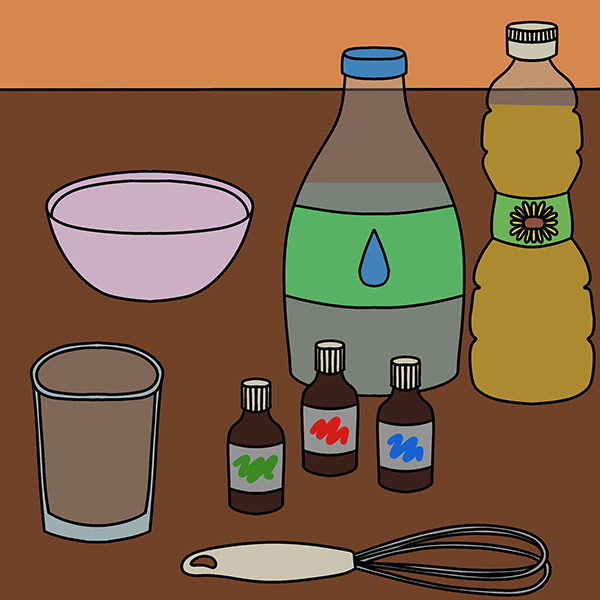

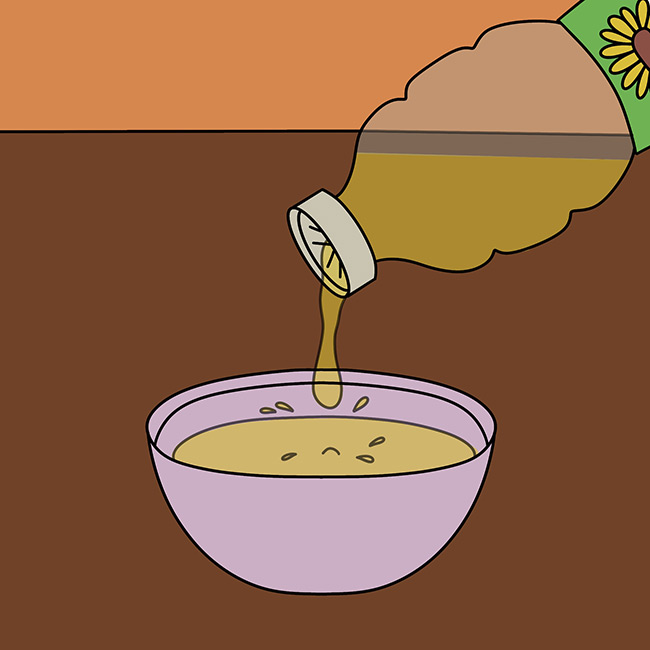
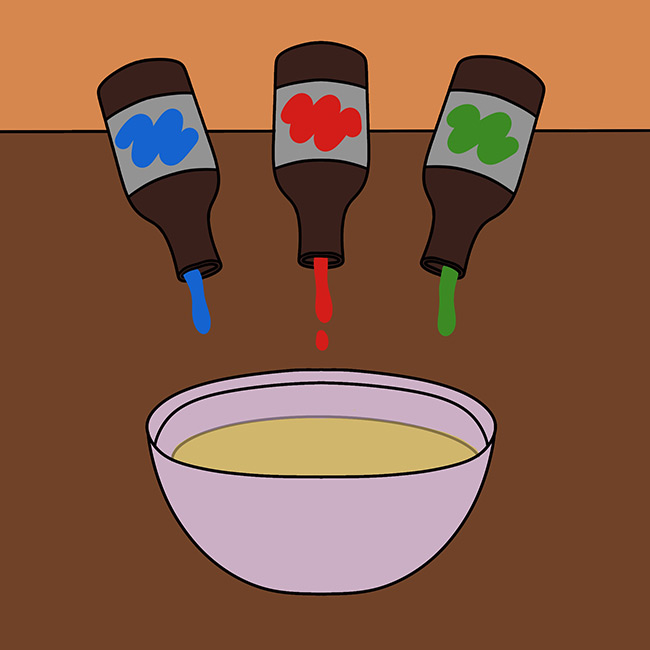
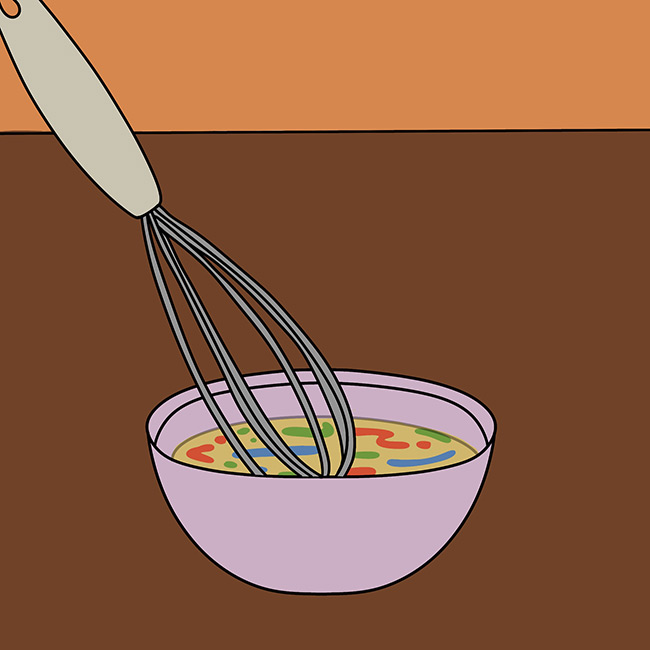
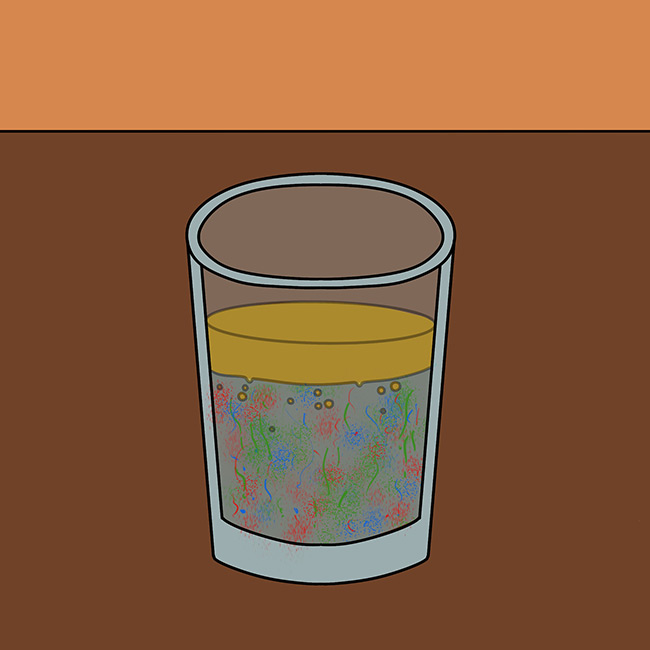
Water and Oil Experiment Steps
- Collect your materials and prepare a clean workspace.
- Pour your water into the transparent
- Pour your oil into the medium-sized bowl.
- Add 5 drops of each food color into your bowl of oil.
- Using a spoon or whisk, stir until small drops of food coloring appear throughout the Remember that they won’t mix perfectly due to their densities!
- Add your oil and food coloring mixture into the container of You can pour it quickly, slowly, or spoon small servings in.
Tip: add the mixture immediately after stirring to avoid the food coloring settling at the bottom.
- Sit and watch your fireworks in a jar!
Conclusion goes here
Knowledge surrounding science, technology, engineering, and math, the subjects which make up the STEM field, will help your child succeed with any career they embark on. Using the scientific method is a key skill that can be practiced by changing the variables, or products which interact, in this experiment. If you had questions like “do different oils determine the speed at which the dye moves?” while conducting your experiment, repeat it with these alterations to find the answers. With some skill, you can separate the oil from the water for reuse!
- Dissolve salt into the water to change its density
- Add liquid dish soap to the oil
- Use corn syrup instead of vegetable oil
- Increase or decrease the temperature of the water
- Use alka seltzer instead of water
Some of these alterations introduce safety hazards. Ensure you conduct your experiments with an adult!
Hopefully, this activity has shown how pleasurable learning can be. If your experiment worked properly, you saw the drops of food coloring separate from the layer of oil and rapidly disperse when reaching the water, with which it shares a similar density.
There is lots to be learned from other activities like this one on the Just Family Fun website, including these Downloadable Earth & Space Activity Sheets. If you took photos of your beautiful fireworks in a jar or learned something new about densities, we’d love to hear from you! Share your photos and stories with us.

